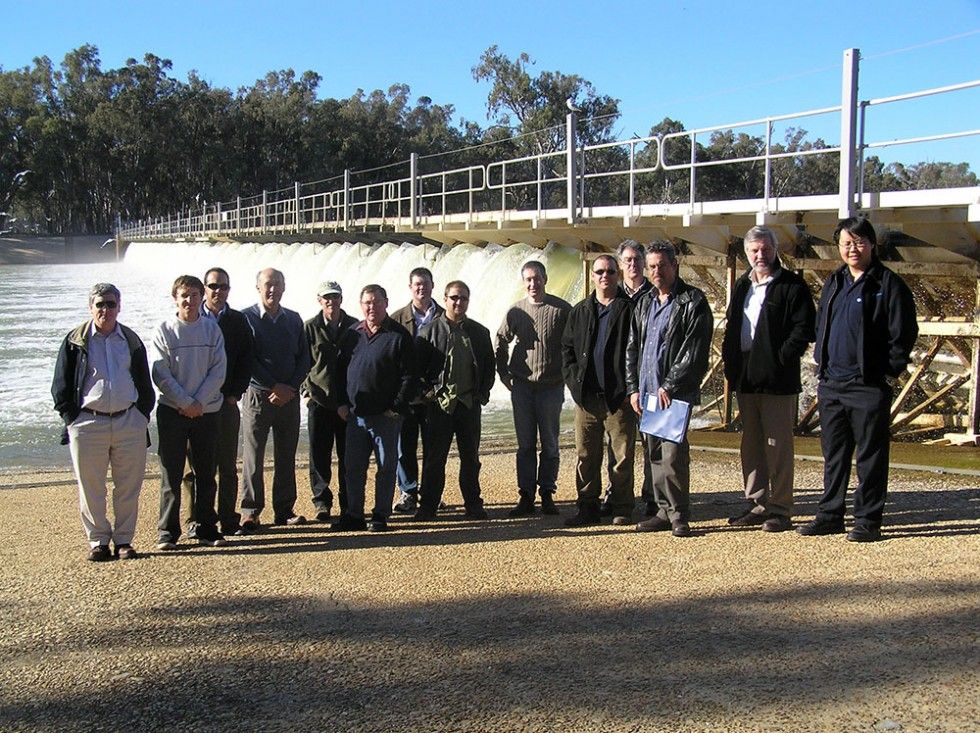Water management across the MDB is a complex and integrated system with plans and polices implemented at national, state and regional levels. A variety of government departments and authorities are responsible for the many aspects of water management, in both rural and urban environments. These incorporate planning, allocation, delivery, environmental water provision, water quality, drought and climate change response and stormwater management.
Water authorities and corporations are largely responsible for maintaining, managing and operating major infrastructure to store and deliver water to licenced water users as well as environmental flows. There is significant variation across the jurisdictions concerning the roles, responsibilities, priorities and issues of water authorities, including in relation to fish management. Their operations take into account, to varying degrees, relevant environmental issues such as improving riverine and land management, maintaining water quality, limiting cold water pollution, providing fish passage and managing pest species. In jurisdictions where there is significant infrastructure and manipulation of water, there was greater potential for NFS connections.


The NFS engaged with this stakeholder group in general ways, such as NFS coordinators providing fish advice on water quality issues such as blackwater events and management of aquatic weeds. They also contributed to drought response and contingency planning, through identification of priority fish refuge sites and providing advice on options for Carp removal. NFS staff also contributed to discussions regarding native fish requirements for environmental flow programs, and removal of redundant weirs. NFS coordinators also operated as knowledge brokers, enabling linkages to be made between scientists, managers and water authorities.
There were also examples of close associations between the NFS and operators of large infrastructure, to improve fish passage and harvest Carp. The achievements of the Sea to Hume Dam fish passage project, and the Fish Passage Taskforce demonstrated how effectively fish scientists, engineers and the owners and operators of weirs and locks can work together for common goals. The evolution of the Williams’ Carp Cage also provides an example of water authority staff working closely with scientists to develop an effective method of collecting this pest species.
